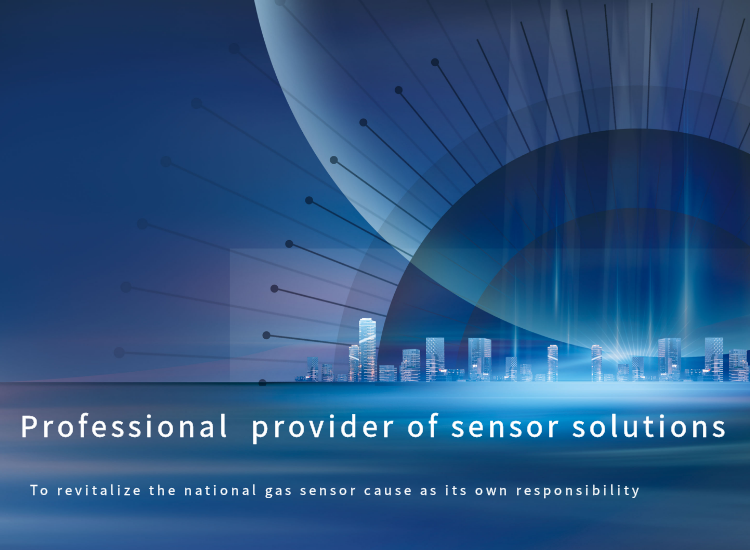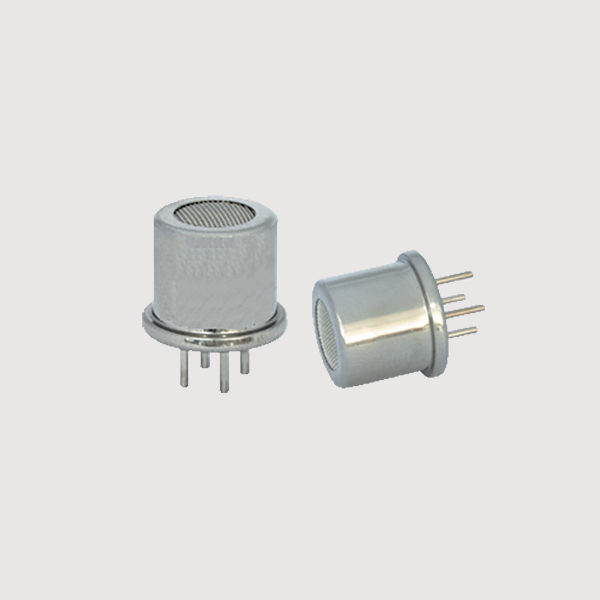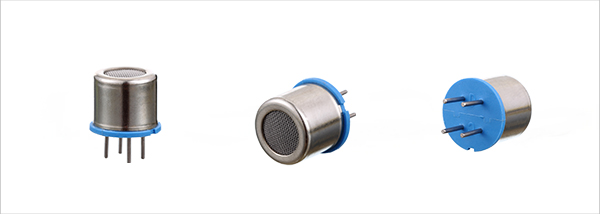

 Products
Products Catalytic Combustion Gas Sensor
Catalytic Combustion Gas Sensor
Application:
Can be used in the lakege alarm or concentration detection of natural gas ,liquefied gas ,coal gas and other combustible gases in civil and commercial fields.Product characteristics:
good stabilityDescription
ZC25D catalytic combustion type gas sensor works according to the principle of catalytic combustion effect, by the detection element and compensation element pairing constitute a bridge arm, in the combustible gas detection element resistance increases, the bridge output voltage changes, the voltage variable increases with the increase of gas concentration and proportional to the compensation element reference and temperature and humidity compensation.
Product images

Technical specifications
| Model | ZC25D |
| Sensor type | Catalytic combustion-type gas sensor |
| Standard encapsulation | Plastic block-metal packaging |
| Working voltage (V) | 2.5±0.1 |
| working current (m A) | 150±10 |
| Sensitivity level (mV) | 20%LEL Methane12~35 |
| 20%LEL propane10~30 | |
| Linearity | ≤5% |
| Measuring Range (% LEL) | 0~100 |
| Response time (90%) | ≤10s |
| Recovery time (90%) | ≤30s |
| Working environment | -40 to ~70℃, less than 95% RH |
| Storage environment | -25 to ~70℃, less than 95% RH |
| life span | Five years |
Sensitivity, response recovery characteristics
Output signal changes with ambient temperature
Output signal changes with ambient humidity
Output signal changes with operating voltage
Application

TenSensor, China's first listed gas sensor company,Tensensor can provide more than 100 varieties of six series including:
semiconductor gas sensor
electrochemical gas sensor
infrared gas sensor
dust sensor
pyroelectric sensor
thermopile sensor, etc.
which can be used for more than 200 kinds of gas and infrared, dust and other indicators detection, widely used in the field of security for detecting gas leakage, noxious gas leakage, smog and fire, the field of family, office and factory for detecting HCHO, VOC, CO2, PM2.5 and so on.
Moreover, the solutions for security, household electrical appliances, consumer electronics, smart home, instruments and meters are available.
For more information about ZC25D sensor, please contact account manager.
TEL:0086-0351-5249552
Whatsapp:+86 18335818384
Email:[email protected]
Request Consultation